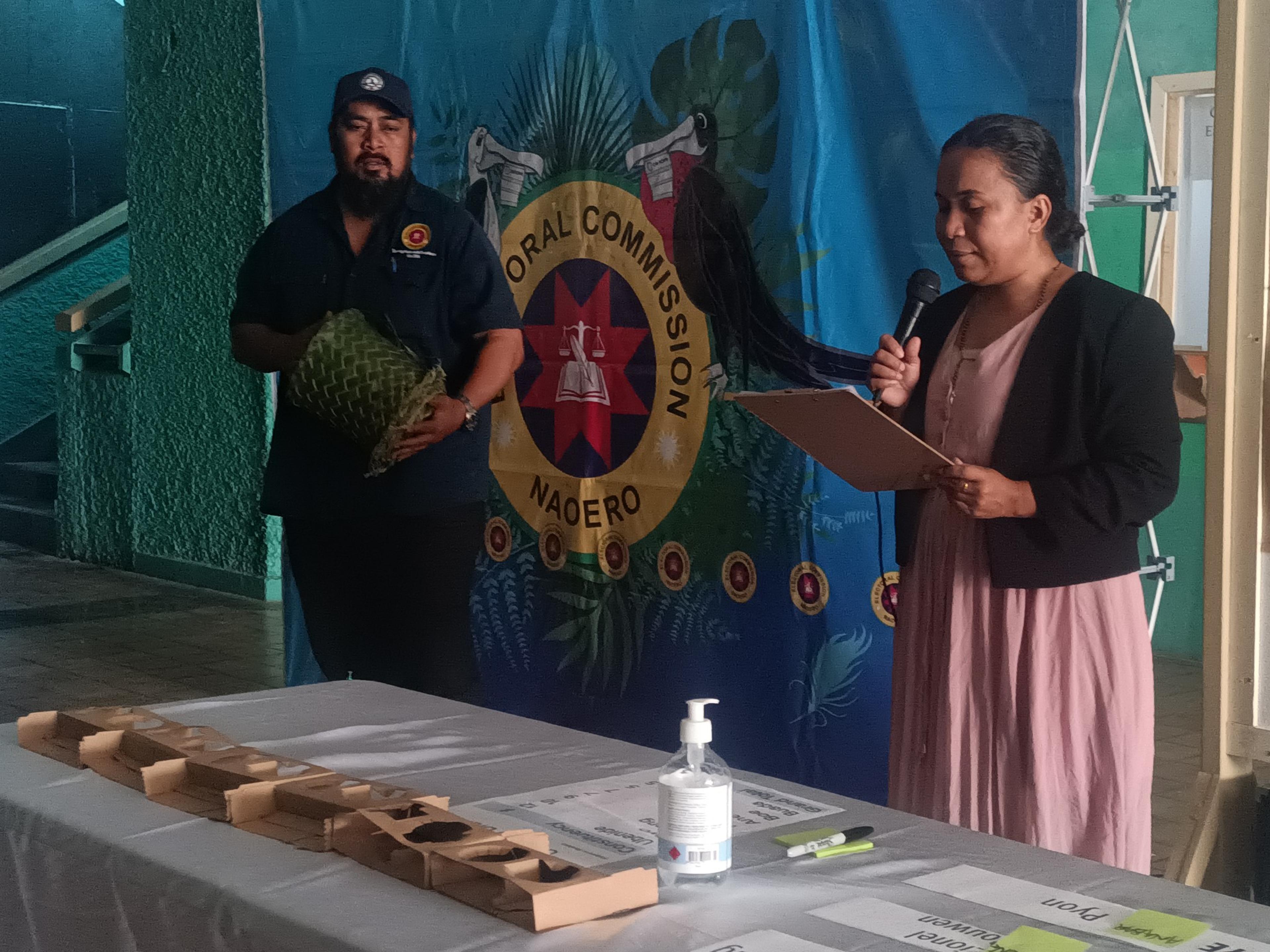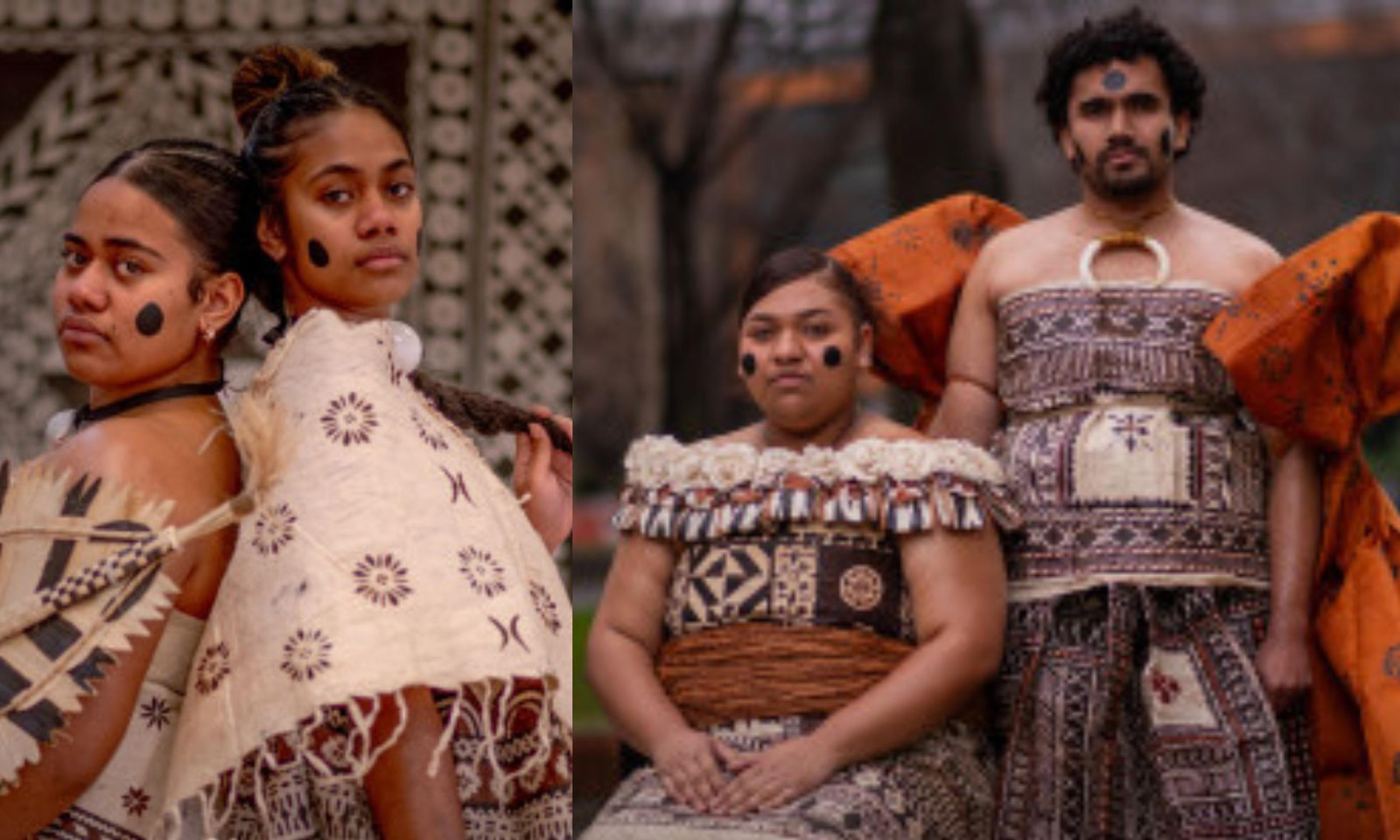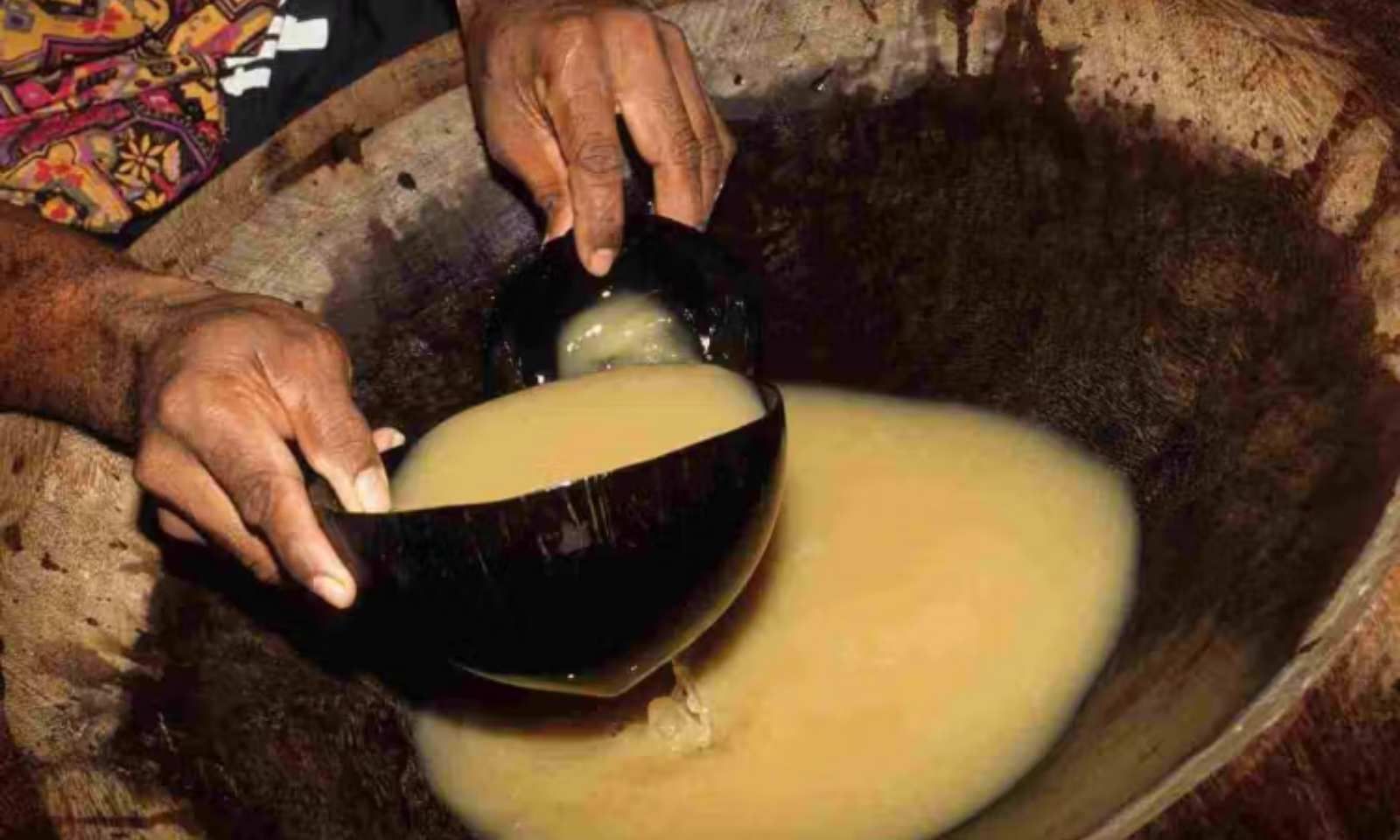

Kava mixing and serving in Tāmaki Makaurau Auckland,.
Photo/Todd M. Henry, 2019
Pacific researchers explore kava and talanoa therapy as treatment for PTSD
This innovative approach seeks to validate indigenous knowledge while providing culturally safe mental health solutions for Pacific communities.



Mils Muliaina joins Auckland Business Chamber as first Pasifika director

Green MP questions Sāmoa shipwreck payout, warns peace declaration at risk

Celebrating Fijian Language Week: Honouring identity, culture and connection


Nauruans to vote on new parliament and constitutional change

Mils Muliaina joins Auckland Business Chamber as first Pasifika director

Green MP questions Sāmoa shipwreck payout, warns peace declaration at risk

Celebrating Fijian Language Week: Honouring identity, culture and connection
A team of Pacific researchers is exploring how indigenous knowledge can improve mental wellbeing by combining the calming properties of kava with talanoa, a traditional method of dialogue.
The team is investigating an indigenous alternative to conventional mental health treatments, aimed at addressing post-traumatic stress disorder (PTSD) and anxiety.
Kava is made from root of the piper methysticum plant, which is then ground into powder. It is traditionally consumed as a bitter drink, but can also be taken as a supplement.
Kava is regulated under the Food Code in New Zealand as safe for consumption. Dr Sione Vaka, Associate Dean of Pacific at the University of Waikato, co-leads the study with senior lecturer Dr Apo Aporosa.
Speaking to William Terite on Pacific Mornings, Vaka says their approach may use Western science to prove ancestral knowledge.
“We're hoping the findings will validate the indigenous knowledge that we have had for a very long time [that] some of the solutions we are looking for are already within our community,” Vaka says.
In a statement, Aporosa says that his personal experience with PTSD inspired the study.
"After leaving the Police, things worsened. My anxiety increased, and sleep became severely disrupted by vivid, recurring trauma dreams - sometimes up to six a night - leaving me in a state of constant fear and hyper-alertness,” Aporosa says.
"When medication didn’t help, I went home to my village in Fiji, genuinely believing I might die. But the opposite happened. Sitting for hours drinking kava and engaging in talanoa, often with friends who had served in the British Army, I slowly relaxed. My panic eased, sleep improved, and within a couple of months, I felt like myself again.”
Watch the full interview with Dr Sione Vaka below.
Aporosa says the study also emerged from discussions with Fijian military personnel in the United Kingdom who had experienced trauma during their service.
“They had tried Western psychological interventions with little effect, but when I introduced kava in a talanoa setting, we saw significant improvements in their ability to manage symptoms of PTSD and feel culturally reconnected.”
Preserving indigenous knowledge
The clinical trial, which involves Pacific and non-Pacific participants, is set to begin later this year. It will compare outcomes for those using kava in a talanoasetting against those taking a kava caplet alone.
Aporosa says the combined calming effects of kava and the supportive environment of talanoa create a unique experience.
“Kava brings the body down, and talanoa lifts the spirit. Together, they allow for a sense of equality, humility and openness, something that is often missing in clinical therapy rooms.”
Vaka agrees that the combination creates a culturally safe space where participants feel more open and engaged. “Their social levels, social status are deconstructed.”

Researchers hope to scientifically prove the effectiveness of kava and talanoa in treating trauma symptoms. Photo/File
While Western PTSD treatments can be useful, Vaka believes that combining kava within their cultural context offers a greater advantage for their communities.
The study also aims to dispel misconceptions around the safety of kava.
Aporosa says safety issues are usually linked to misuse rather than the plant itself. “Taken in moderation and in the right context, kava is safer than alcohol, tobacco, even some over-the-counter medications.”
Vaka suggests kava is a safer alternative to alcohol, but warns moderation is still key.
“I don't want people to go and drink kava all night and think it will help their level of anxiety and trauma. Kava has that relaxing effect, whereas alcohol stimulates our thinking, people tend to be hyped up.”

Kava is made from the root of the Piper methysticum plant. Photo/File
Respecting cultural protocols
Respecting cultural protocols is central to the study. Aporosa warns against viewing kava simply as a beverage, saying there is a need to preserve the holistic practices that nurture levā, or relational connections.
“Those practices include the woven mats we sit on, the tanoa [kava bowl] we serve from, the order in which we serve those present, the bilo or ipu [coconut shell cup] we drink from, and most importantly, the relational connection we create in that space,” he says.
"What we don’t want is our cultural keystone species, based in 2000-plus years of traditional knowledge and safe use, adulterated, misrepresented, exploited and appropriated by the ‘culture industry’, by those who seek to profit from our culture."

Mixed ethnicity kava users seated on fala/ibe (woven mats) and engaging in talanoa. Photo/Todd M. Henry, 2022.
Global adoption of Pacific culture
Both researchers hope their findings will lead to greater recognition of Pacific knowledge in global mental health care.
Vaka says even non-Pacific communities are beginning to embrace these practices. “We run a tutorial at the University of Waikato, and you see other populations taking up kava because they find it much more calm and peaceful to be in that environment.”
Aporosa says that if Pacific approaches, like kava and talanoa, prove effective through clinical trials, they could be incorporated into mainstream practices, without compromising cultural authenticity.
“We’re not saying kava is a silver bullet. But we are saying it’s time Pacific communities lead in the design of their own wellness solutions and be taken seriously for it.”